 |
 |
 |
| |
Investigating the Mechanism of a Unique Human
Immunodeficiency Virus-1 (HIV-1)
Entry Inhibitor, MF275
|
| |
| |
Reported by Jules Levin
IDWeek 2018, October 3-7, 2018, San Francisco
Poster pdf attached
Download the PDF here
Download the PDF here
Download the PDF here
Connie A. Zhao1, Amy Princiotto1, Mark Farrell2,
Amos B. Smith III2, Navid Madani1,3,4, Joseph G. Sodroski1,3,4
1 Department of Cancer Immunology and Virology, Dana-Farber Cancer Institute, Boston, MA 02215; 2 Department of Chemistry, University of Pennsylvania, Philadelphia, PA 19104; 3 Department of Microbiology and Immunobiology, Harvard Medical School, Boston, MA 02115; 4 Department of
Immunology and Infectious Diseases, Harvard T. H. Chan School of Public Health, Boston, MA 02215
Published: A Low-Molecular-Weight Entry Inhibitor of both CCR5- and CXCR4-Tropic Strains of Human Immunodeficiency Virus Type 1 Targets a Novel Site on gp41 - pdf attached above
--------------------------
pdf attached above
PUBLISHED: CD4-Mimetic Small Molecules Sensitize Human Immunodeficiency Virus to Vaccine-Elicited Antibodies
Here we show that the DMJ compounds sensitize primary HIV-1, including transmitted/founder viruses, to neutralization by monoclonal antibodies directed against CD4-induced (CD4i) epitopes and the V3 region, two gp120 elements involved in coreceptor binding. Importantly, the DMJ compounds rendered primary HIV-1 sensitive to neutralization by antisera elicited by immunization of rabbits with HIV-1 gp120 cores engineered to assume the CD4-bound state. Thus, small molecules like the DMJ compounds may be useful as microbicides to inhibit HIV-1 infection directly and to sensitize primary HIV-1 to neutralization by readily elicited antibodies.
IMPORTANCE Preventing HIV-1 transmission is a priority for global health. Eliciting antibodies that can neutralize many different strains of HIV-1 is difficult, creating problems for the development of a vaccine. We found that certain small-molecule compounds can sensitize HIV-1 to particular antibodies. These antibodies can be elicited in rabbits. These results suggest an approach to prevent HIV-1 sexual transmission in which a virus-sensitizing microbicide is combined with a vaccine.
----------------------------
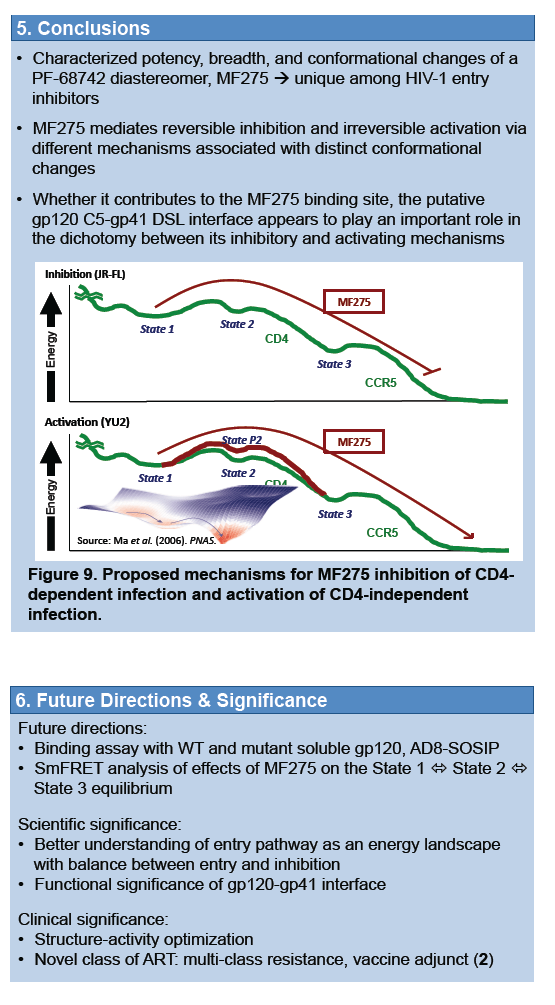
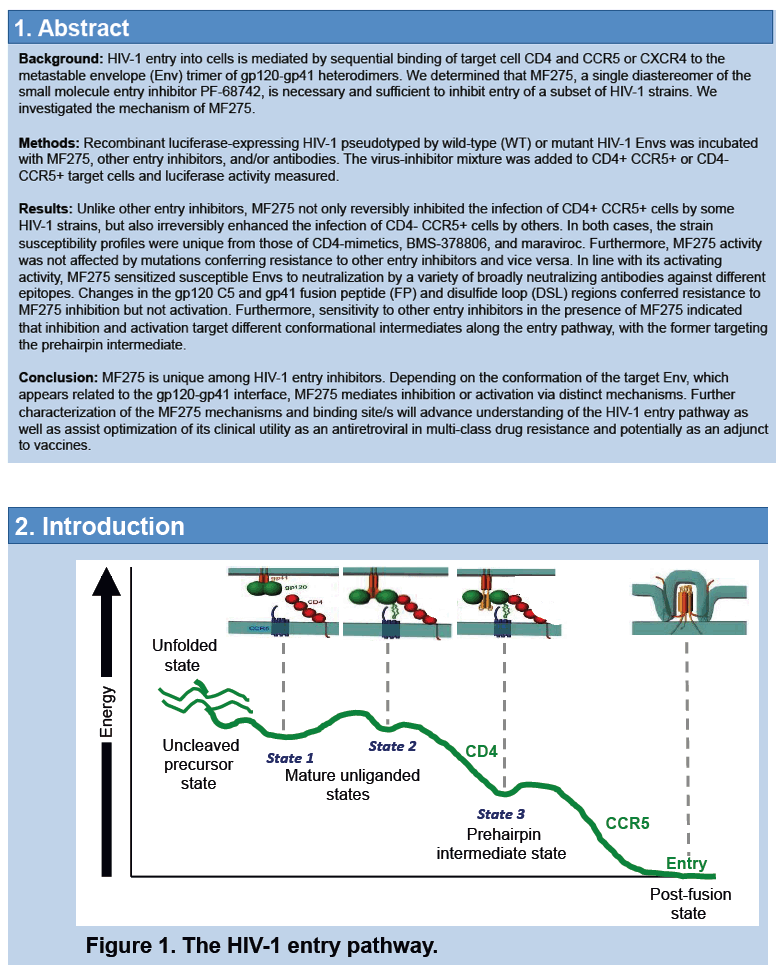
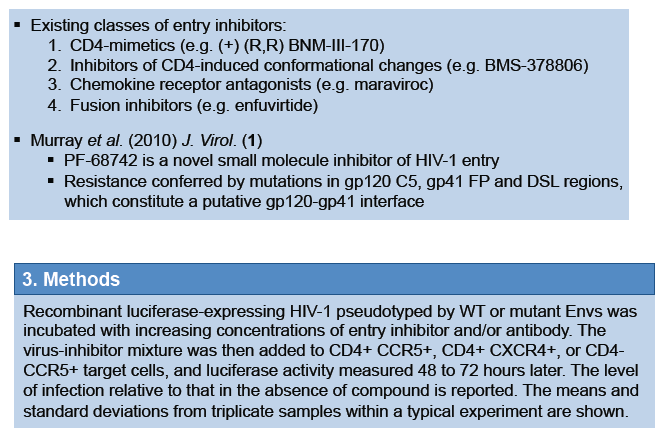
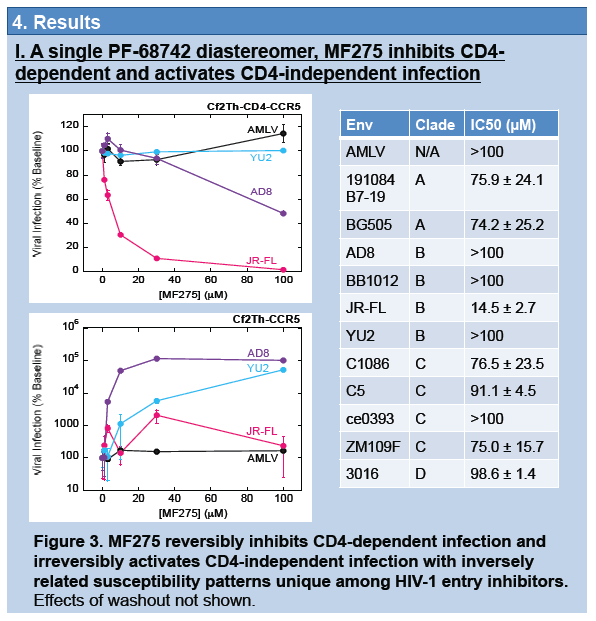
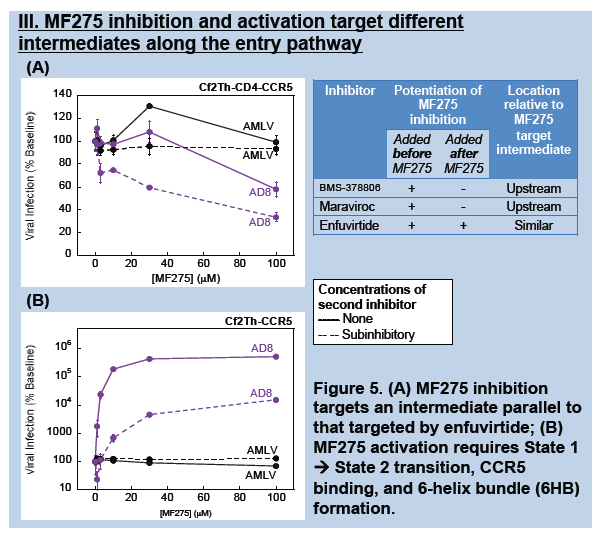
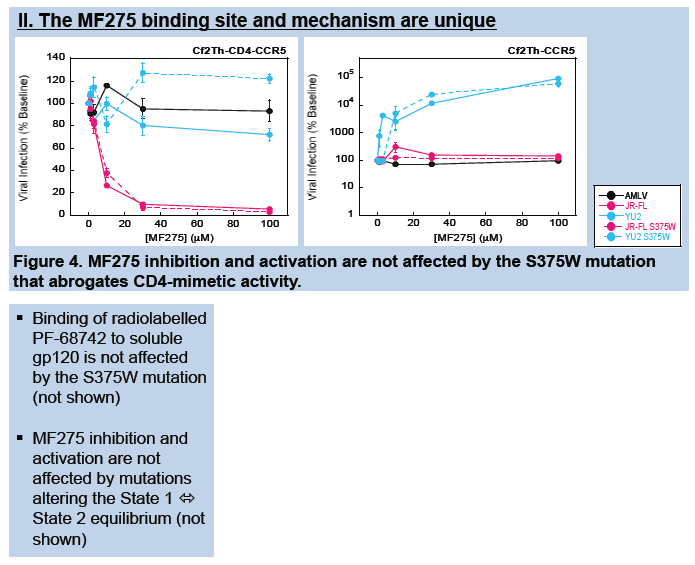
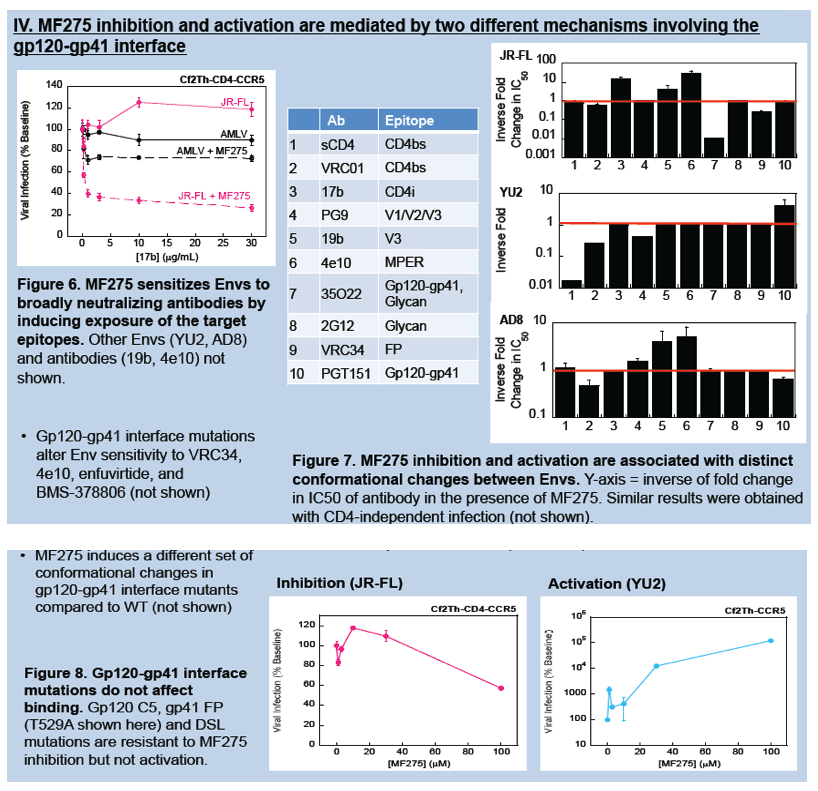
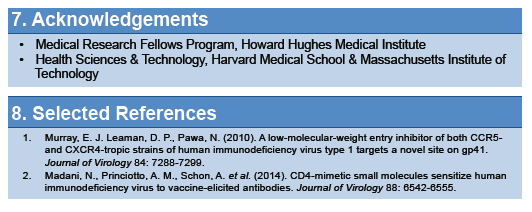
|
| |
|
 |
 |
|
|